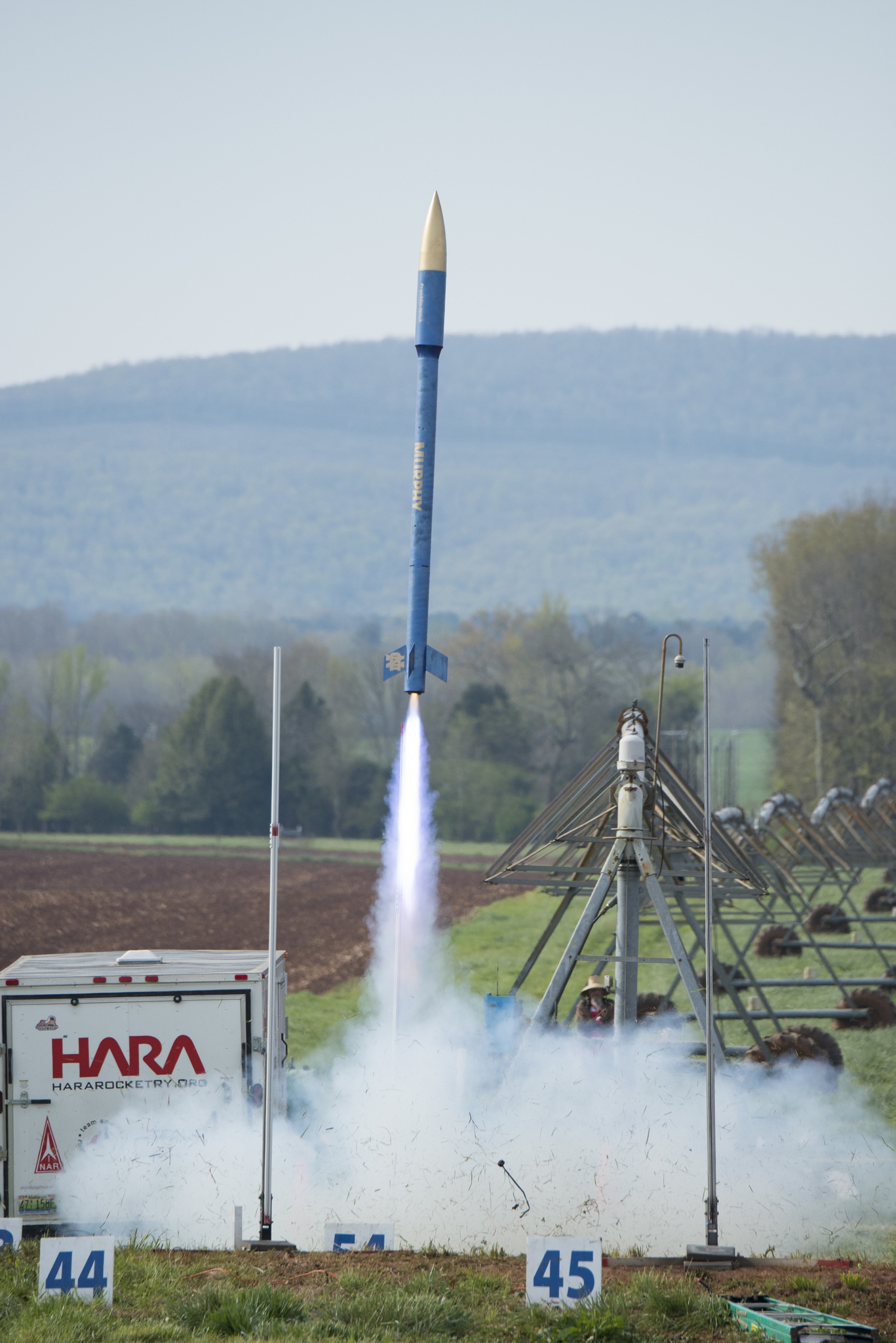If you talk to any athlete or sports fan, they will tell that one of the most exciting yet nerve-wracking days of the year is when the teams who will battle for the big prize are announced. Teams who submitted proposals to compete in the 2019 NASA Student Launch competition feel that same excitement and nervousness.
Two weeks after submitting proposals, the rocketeers for the 2019 competition have been selected. The challenge — to be held near NASA’s Marshall Space Flight Center in Huntsville, Alabama, on April 4-6, 2019 — features 52 middle school, high school and college teams from 21 states.
“There were many good proposals this year, and the teams’ approaches to the new challenges were quite original and creative,” said Katie Wallace, the Student Launch program manager. “We are excited to see the proposal designs evolve into hardware that may lay the groundwork for NASA scientific or engineering payloads on future exploration missions with NASA’s Space Launch System rocket.”
One change in the 2019 competition involves the altitude award criteria. Instead of aiming to be the closest to one mile above ground level as the rule has been in past years, this year teams are challenged to “call their shot” and predict before launch day how high their rocket will fly. To earn altitude award points, the rockets must fly at least 3,500 feet, but not over 6,000 feet.
Just as teams score points for predicting their altitudes, they also score points with their payload — a critical aspect to any rocket launch and mission. College teams must select one of two payload options: a deployable rover with a robotic arm to perform a soil sample collection or a deployable unmanned aerial vehicle that flies to a designated target after the rocket completes its flight. Both the rover and the unmanned aerial vehicle must remain stowed in the rocket until it lands following its flight.
Middle school and high school teams can select one of the college payloads or propose one of their own. Last year, the team from Cedar Falls High School from Cedar Falls, Iowa, for example, proposed a parafoil vehicle that deploys from the rocket during the rocket’s descent. Parafoils — currently used in sports like skydiving and kite surfing — provide more control than traditional parachutes. The team’s goal is to test the viability of the parafoil retrieval system to safely land rockets and other components in a specific spot with a high degree of accuracy.
Now in its 19th year of competition, Student Launch challenges teams to design, build, test and fly a reusable, high-powered rocket carrying a payload that meets the guidelines outlined in the handbook. Teams were chosen by a team of NASA experts based on descriptions of their rocket, its recovery system, payload, safety and educational engagement plans.
The teams will go through an eight-month design, build, test and review process that requires them to meet multiple design and documentation milestones. At each of those milestones, they will present their work to a NASA team of rocketry experts who will help ensure the teams are making proper progress. The system resembles the real-world process of rocket development.
The Academic Affairs Office at Marshall manages Student Launch to advance NASA’s mission through the collaboration with educational institutions and students. NASA’s Human Exploration and Operations Mission Directorate and the Office of STEM Engagement, as well as Northrop Grumman Corporation of Los Angeles and the Huntsville chapter of the National Space Club, provide funding and leadership for the initiative.
To learn more about NASA’s Student Launch challenge, visit:
https://www.nasa.gov/education/studentlaunch
To see a full list of the selected teams, visit:
https://www.nasa.gov/audience/forstudents/studentlaunch/teams/index.html



























